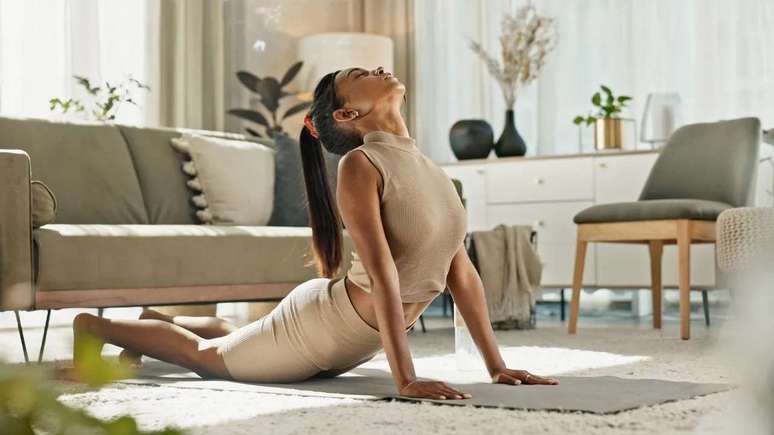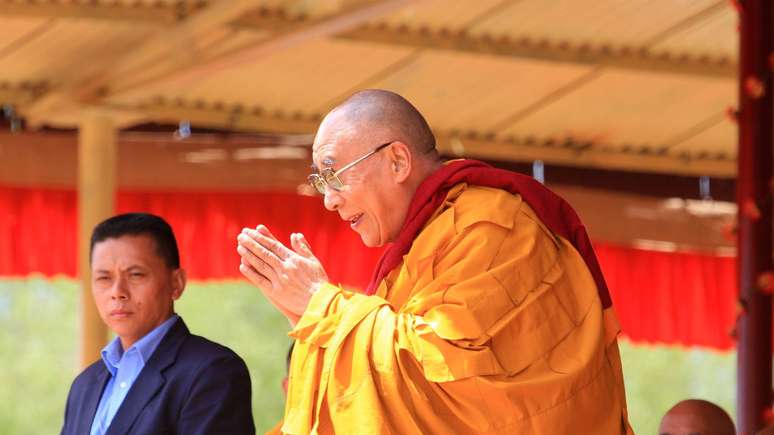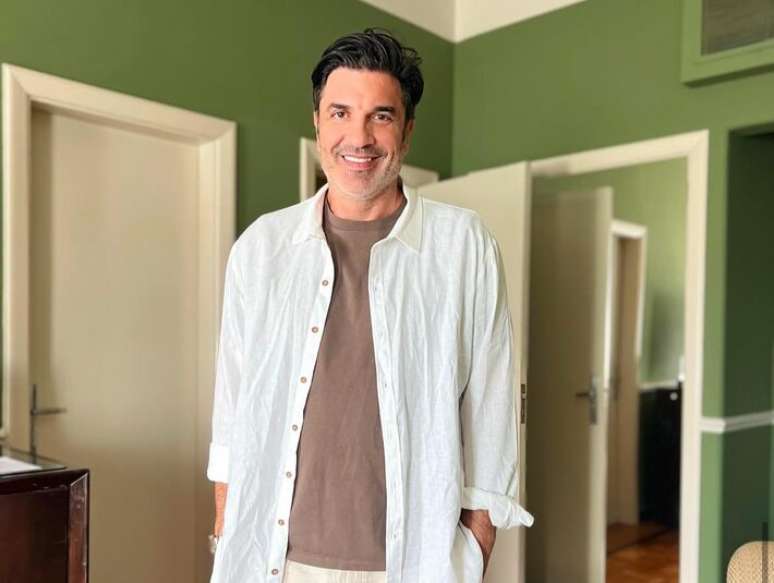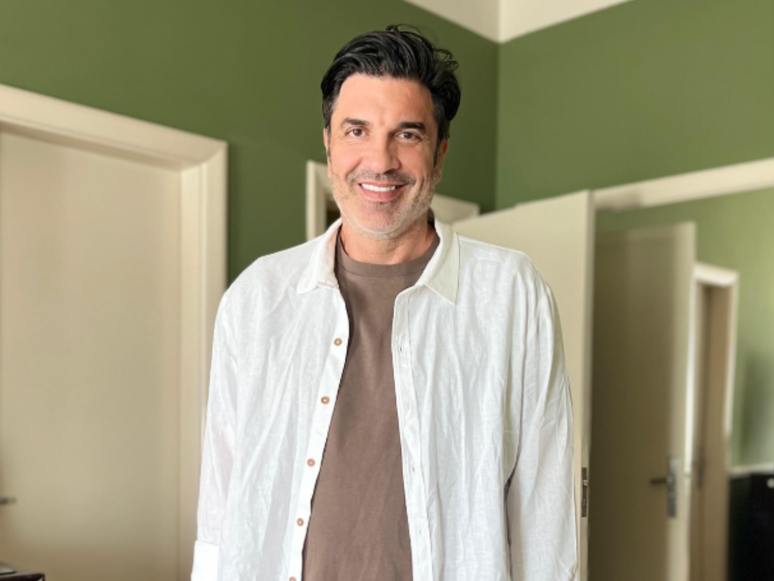Stretching and flexibility exercises reduce body stiffness, helping to reduce the risk of injury and even possible falls
Who has never tried standing and bending with straight legs to see if they can reach the ground without bending their knees? If you have little flexibility and strength, it is common to have difficulty when trying to perform the movement or for your arms not to reach your toes.
According to physical educator Letícia Marchetto, flexibility is the ability to move the body to the full extent of the joint, with a fluid movement, without limitations. Excessive stiffness can compromise important daily movements, such as squatting, turning, tying shoes, lowering to the ground and reaching objects, as well as causing postural deviations, lack of balance, possible falls and even injuries.
“Flexibility is one of the components that contribute to good mobility, which involves the harmonious coordination of different joints and muscle groups to perform a task. For example, a person with good flexibility in the legs, but rigidity in the rotation of the spine, he will have limited transverse movement and will walk in a block, with the quality of his gait being compromised. In other words, it is possible to have one region of the body that is more flexible and another that is more rigid, causing a limitation of mobility,” he explains.
How to increase leg flexibility?
According to the physical educator, the balance between strength and flexibility is essential for performance and overall health of the body. She comments that when a person wants to have greater flexibility, the ideal is to build strength in different ranges of motion to maximize the benefits of physical conditioning and reduce the risk of injury.
Therefore, good flexibility training combines breathing techniques, body awareness, alignments, specific strengthening, dynamic, isometric and ballistic stretching – to be performed with caution – in addition to static and passive stretching and PNF (Proprioceptive Neuromuscular Facilitation).
At beginner level, the ideal is to train once or twice a week with an instructor. At an advanced level it is possible to have more sporadic meetings with the coach, since the body needs time to acquire amplitude and the risk of performing a movement incorrectly and causing an injury is lower. According to Letícia, the execution time of the exercises depends on the technique and level of the practitioner, but the duration of the position can vary between 5 and 45 seconds, in others between 30 and 90 seconds, while dynamic stretching usually involves repetitions.
Source: Terra
Ben Stock is a lifestyle journalist and author at Gossipify. He writes about topics such as health, wellness, travel, food and home decor. He provides practical advice and inspiration to improve well-being, keeps readers up to date with latest lifestyle news and trends, known for his engaging writing style, in-depth analysis and unique perspectives.








